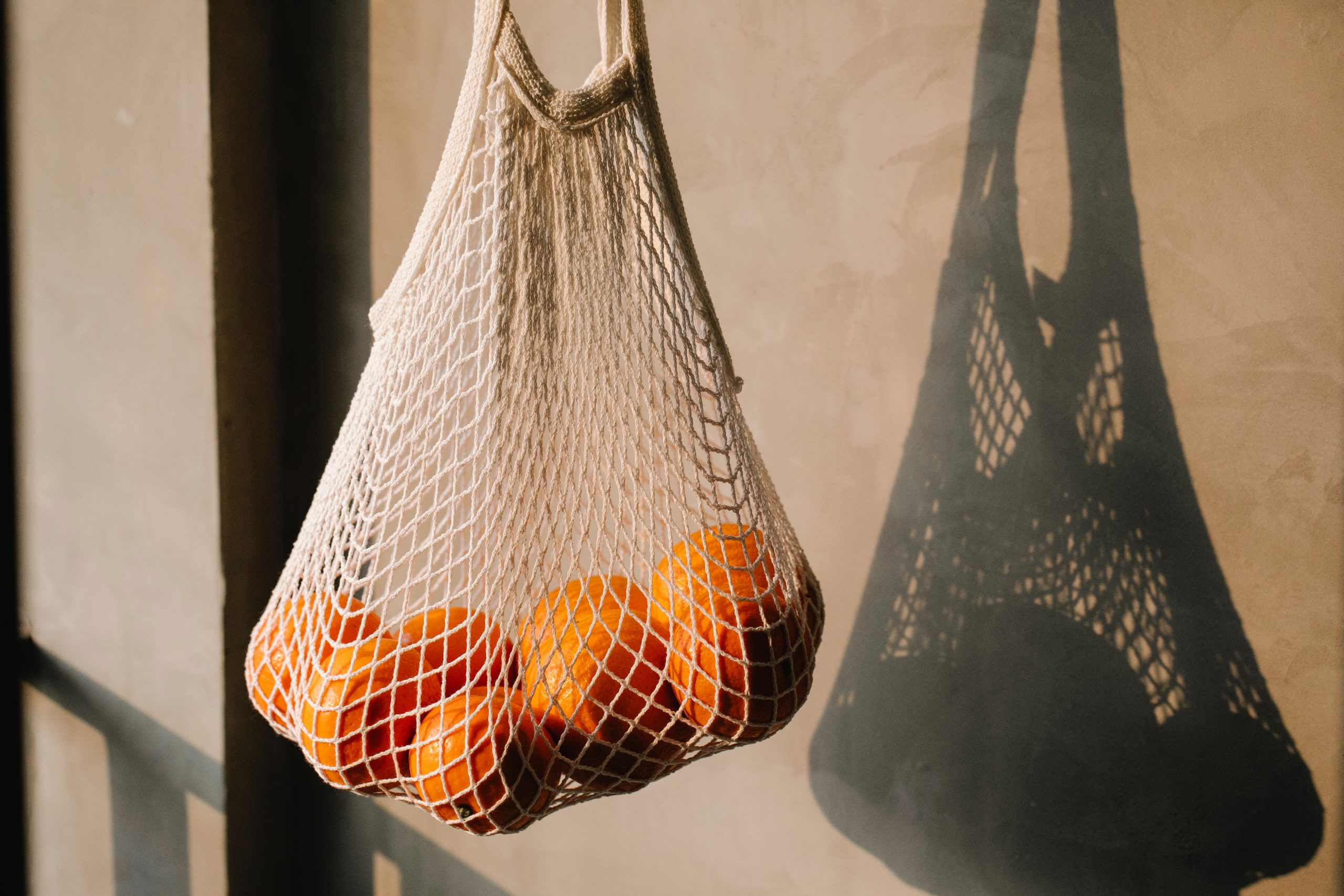For some people, living a greener lifestyle is about making small changes to their day-to-day life. For others, it’s a way of life: eco-friendly housing and transportation are all part of the plan. But what does “green building” really mean?
Let’s explore this topic in detail and find out how you can build an ecologically sustainable house.
What are Eco-Friendly Materials?
Eco-friendly building materials are those that are less toxic, reusable, renewable, lock up carbon dioxide (CO2), provide good indoor air quality, and aren’t mined destructively.
These kinds of materials are typically made with recycled or rapidly renewable sources or are fabricated from earth-friendly substances like clay, straw, or limestone that can be recycled or returned to the earth without harming the environment. Many zero waste movements (you can find out more about them at https://www.trvst.world/sustainable-living/what-is-the-zero-waste-movement-all-about/) also make use of eco-friendly materials, as many of these green building supplies don’t produce any waste at all! Alongside using these materials, you can opt for creating less waste altogether, to complete the idea of an eco-friendly home.
Many people choose some combination of these products; the main thing is that they are environmentally friendly and ecologically sustainable. Some examples of building materials that fit into this category are strawbale, light steel framing, clay products, recycled glass…
The Flooring
Wood flooring is a classic choice when it comes to flooring, but it’s not eco-friendly because it tears down old trees and forests to make way for new ones. If you want the look of wood without the harmful effects on nature, consider using bamboo; there are even cushioned bamboo rugs that give you the natural feel of the material beneath your feet.
Another good choice for sustainable flooring comes in the form of recycled plastic. This kind of flooring is extremely durable, so you’ll get your money’s worth out of it. It can be used to cover whole rooms or just sections of them; check online to see what kind of material would work best for your space.
The Walls
As for the walls, a good idea is to use a lot of glass if your eco-friendly house has a view. This way you can let plenty of light in and make maximum use of the sunlight – it’s also better for the environment because you won’t need any artificial lighting during daylight hours.
Another option is to use natural rock as a wall. It’s not as common as using brick, but it reduces the amount of waste you create and is more sustainable because it uses a material that can be easily returned to the earth at the end of its life.
The Ceiling
If you want your ceiling to contribute to an eco-friendly house, go for either a skylight or roof windows. These kinds of windows let sunlight into your home, so you don’t need to worry about energy savings. They also use no electricity at all and keep the air in your house circulating naturally.
Another option is using, again, bamboo. This choice is extremely good for the environment as it uses a resource that rapidly regrows and can be used to make many different kinds of products, not just the materials you typically see in bamboo flooring or cabinets.
Heating and Cooling Systems
To complete your eco-friendly home, choose an ecologically sustainable heating and cooling system. This will save you money by cutting down on the electricity needed to keep it at a comfortable temperature and help reduce emissions that contribute to global warming.
To complete this environmentally responsible picture, check out renewable energy sources like solar power, wind energy, or geothermal heating. These can all be used in combination with each other to provide your eco-friendly house with the best renewable energy solutions, which will reduce your carbon footprint and help you live more sustainably.
Around the House
Other ways to have an eco-friendly house include using biodegradable bath and beauty products, installing a composting toilet, choosing sustainable floor cleaning products… You can also use recycled or biodegradable packing materials when you move in, to cut down on waste.
Other ideas include using low-VOC paints, which produce fewer fumes and use less energy to manufacture; buying organic clothing for you and your family members; eating locally grown fruits and vegetables… Many of these choices don’t cost much more than the unsustainable products they replace – a great way to save money while saving the environment.
By using materials that are biodegradable and renewable, you can reduce the amount of waste generated by products manufactured with nonrenewable resources. You can also save yourself some money on heating bills in winter because ecologically sound homes use less energy than other types of buildings do.
Creating an environmentally friendly house is worth it – not only will your family live in comfort without hurting nature but you too can contribute to making our planet greener and healthier!